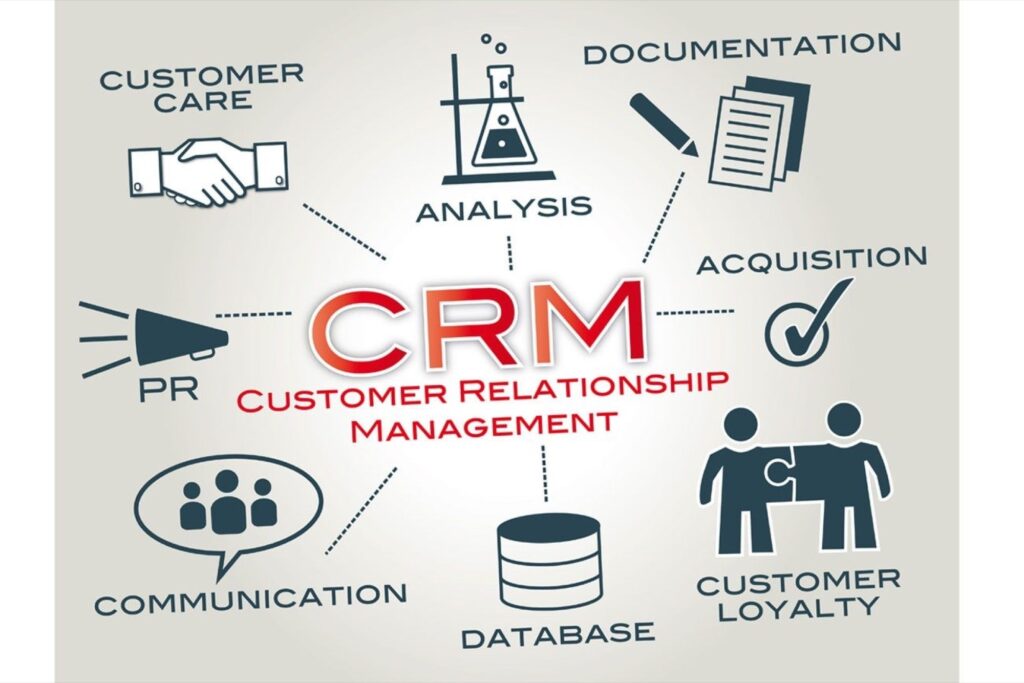
How to Align Your CRM Strategy with Business Goals
Customer Relationship Management (CRM) systems have become indispensable tools for businesses of all sizes. However, the true power of a CRM system is realized only when its strategy is closely aligned with the overarching business goals. This alignment ensures that the CRM not only supports but also drives the business towards achieving its objectives. Here’s how to effectively align your CRM strategy with your business goals.
1. Define Your Business Goals
The first step in aligning your CRM strategy with your business goals is to clearly define those goals. These might include:
- Increasing Sales Revenue: Expanding market share, boosting sales through cross-selling and up-selling, or improving the sales conversion rate.
- Enhancing Customer Retention: Reducing churn rates, increasing customer loyalty, and boosting lifetime customer value.
- Improving Customer Service: Speeding up response times, resolving issues more efficiently, and increasing overall customer satisfaction.
- Streamlining Operations: Automating routine tasks, improving data accuracy, and enhancing team collaboration.
By identifying and prioritizing these goals, you create a foundation for your CRM strategy.
2. Understand Your Customer Journey
A thorough understanding of your customer journey is crucial. Map out every touchpoint your customers have with your business, from the initial contact to post-purchase interactions. This helps in identifying areas where the CRM can enhance the customer experience.
- Lead Generation: How are leads generated, captured, and nurtured?
- Sales Process: What steps do potential customers go through before making a purchase?
- Post-Sale Support: How are customers supported after the sale, and what follow-up actions are taken?
By understanding these stages, you can tailor your CRM strategy to ensure seamless interactions and engagement throughout the customer lifecycle.
3. Integrate CRM with Business Processes
Your CRM should not operate in isolation. Integrate it with other business processes and systems to create a cohesive operational environment. This might involve:
- Sales and Marketing: Ensure your CRM integrates with your marketing automation tools to track campaign effectiveness and lead generation.
- Customer Support: Link your CRM with customer service platforms to provide a 360-degree view of customer interactions.
- Finance and Billing: Connect your CRM with accounting systems to streamline invoicing and payment tracking.
Integration helps in breaking down silos and ensures that all departments work towards common business objectives.
4. Customize CRM Features to Support Goals
Most CRM systems offer a range of customizable features. Tailor these features to support your specific business goals:
- Sales Automation: Automate repetitive tasks such as follow-up emails, meeting scheduling, and data entry to free up your sales team’s time for more strategic activities.
- Customer Segmentation: Use the CRM to segment your customer base based on behavior, purchase history, or demographics to deliver personalized marketing and sales efforts.
- Reporting and Analytics: Set up customized reports and dashboards that track key performance indicators (KPIs) relevant to your business goals.
Customization ensures that your CRM system is not just a tool, but a strategic asset aligned with your business needs.
5. Train Your Team
Even the most sophisticated CRM system is only as effective as its users. Ensure your team is well-trained on how to use the CRM to achieve business goals. This includes:
- Initial Training: Provide comprehensive onboarding training to help your team understand the CRM’s features and capabilities.
- Ongoing Education: Offer continuous training sessions and resources to keep your team updated on new features and best practices.
- User Feedback: Regularly collect feedback from users to identify challenges and areas for improvement.
A well-trained team can leverage the CRM system to its full potential, driving better results and ensuring alignment with business goals.
6. Monitor and Adjust
Regularly monitor the performance of your CRM strategy and its impact on business goals. Use analytics and reporting tools to track progress and identify areas for improvement:
- KPIs and Metrics: Track metrics such as sales growth, customer retention rates, and customer satisfaction scores to measure the effectiveness of your CRM strategy.
- Regular Reviews: Conduct regular strategy reviews to assess whether your CRM is meeting business objectives and make necessary adjustments.
- Feedback Loop: Maintain an open feedback loop with your team to ensure the CRM system evolves with changing business needs and goals.
By continuously monitoring and adjusting your CRM strategy, you ensure it remains aligned with your business objectives and adapts to any changes in the market or your business environment.
Conclusion
Aligning your CRM strategy with business goals is essential for maximizing the value of your CRM investment. By clearly defining your business goals, understanding the customer journey, integrating CRM with business processes, customizing features, training your team, and continuously monitoring performance, you can ensure that your CRM system not only supports but actively drives your business towards success. A well-aligned CRM strategy enhances customer relationships, streamlines operations, and ultimately contributes to the achievement of your business objectives.